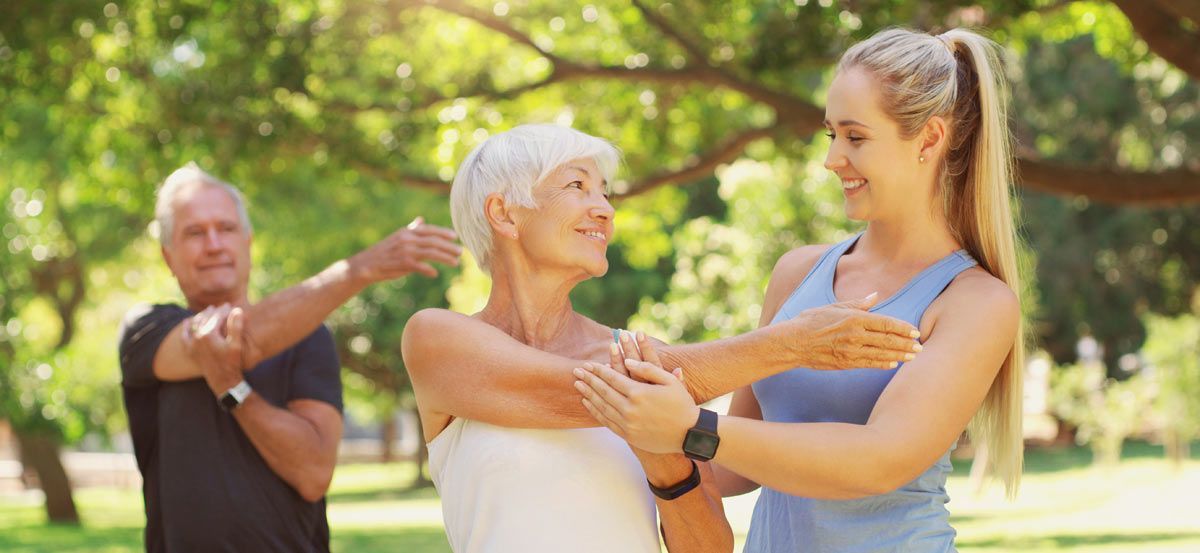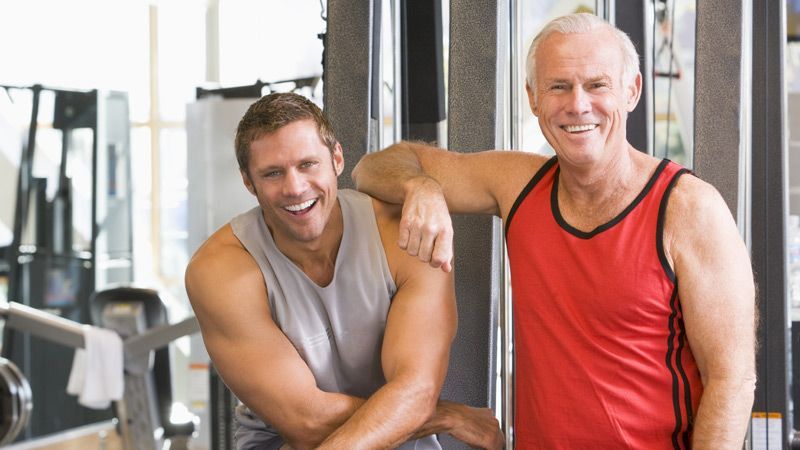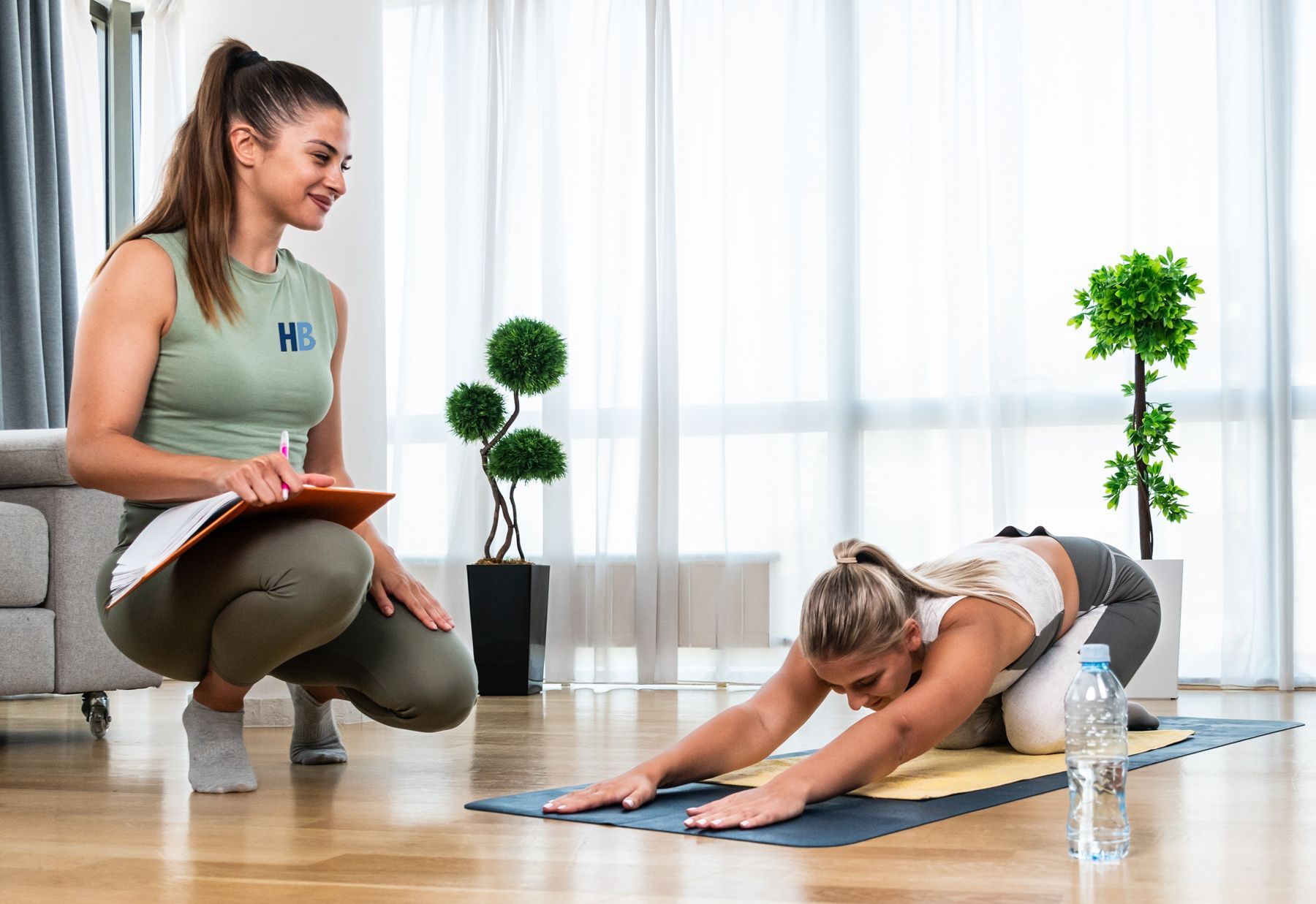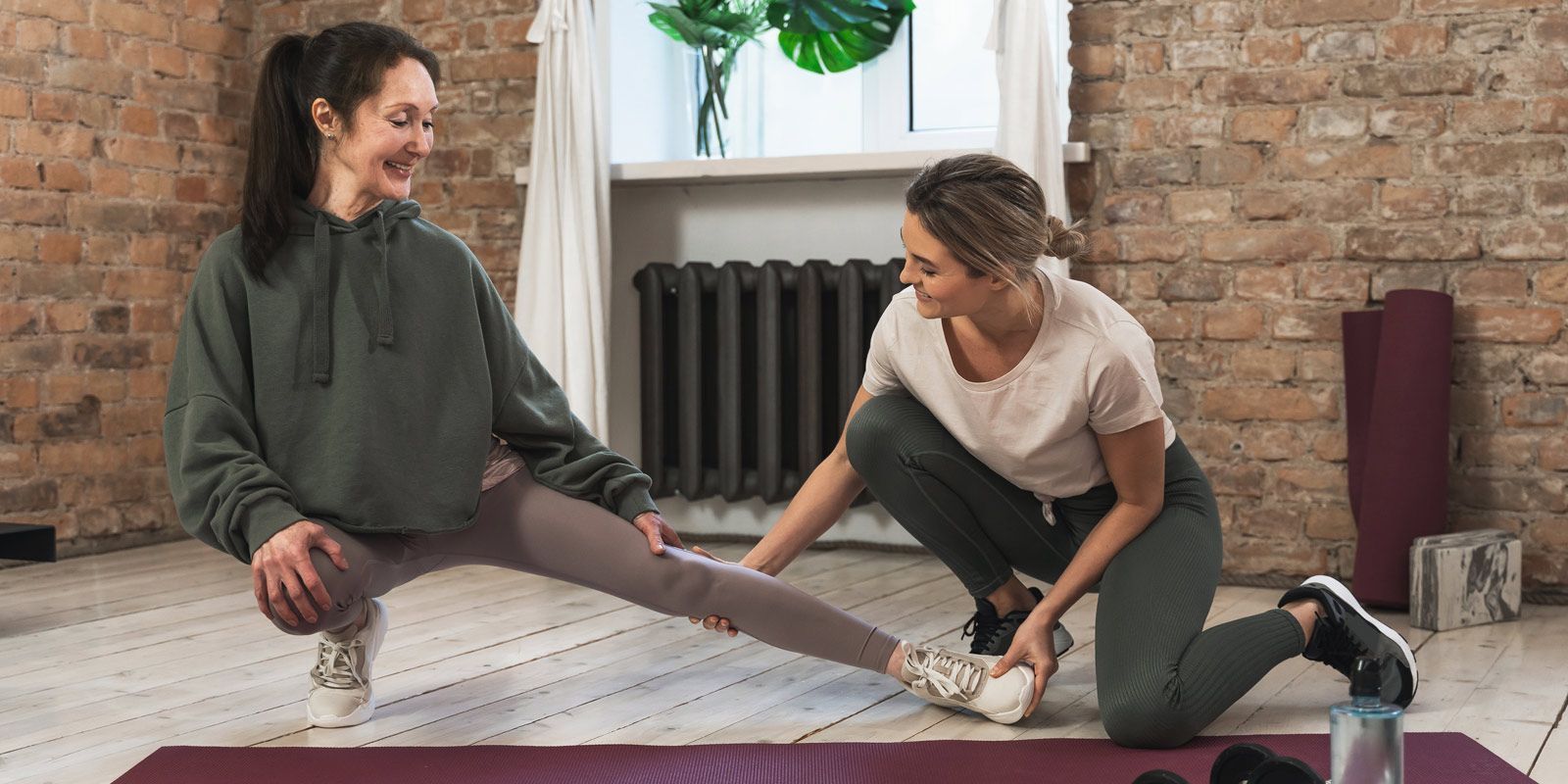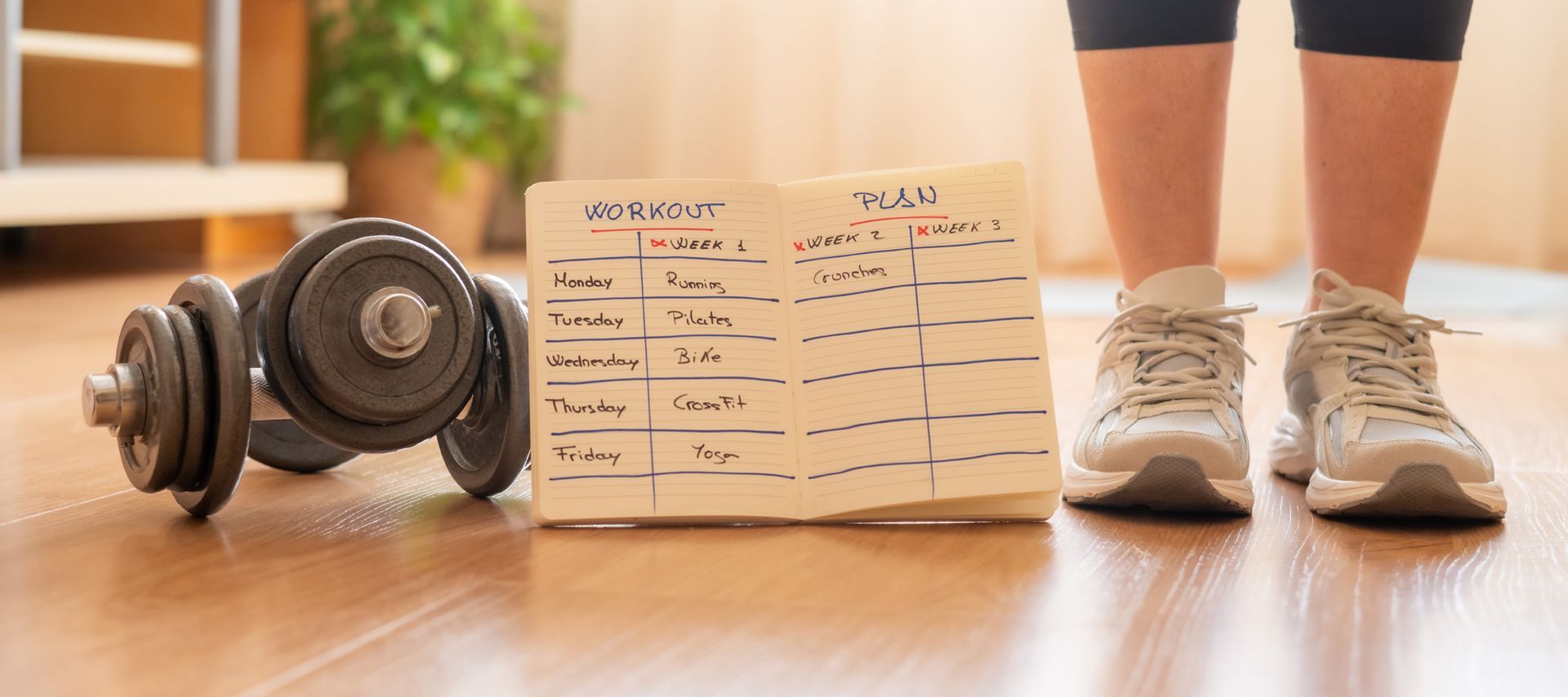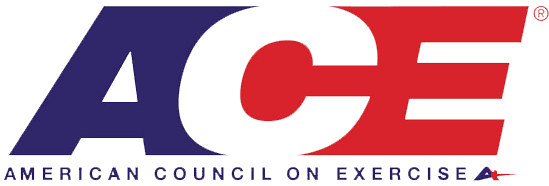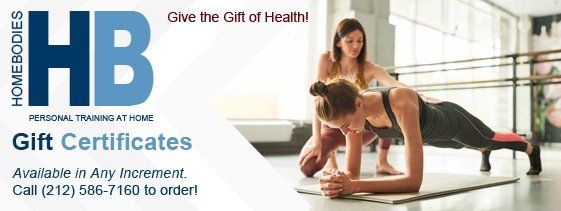Flexibility Matters: Why Range and Mobility Are Key to a Healthy Lifestyle
Range and mobility are foundational components of physical activity and wellness. Range refers to the distance a joint can move in a specific direction, while mobility encompasses the ability to move freely and easily. This month, I want to talk a little about what range and mobility are, their significance in our lives, the consequences of neglecting them, their importance as we age, and the benefits of working with a personal trainer to enhance these aspects.
-Elizabeth Crutchfield
What Are the Range of Motion and Mobility?
Range of Motion (ROM) is defined as the full movement potential of a joint, usually measured in degrees of a circle. It varies significantly between individuals and is influenced by factors such as age, physical fitness, and joint health. There are two primary types of range: active range of motion, where an individual moves a joint using their muscles, and passive range of motion, which occurs when an external force, like a trainer or a therapist, moves the joint on behalf of the individual.
Mobility, on the other hand, refers to the ability to move a joint through its full range of motion efficiently and with control. It involves not only the physical aspects of flexibility and strength but also coordination and balance. A mobile individual can perform daily tasks, engage in sports, and react swiftly to challenges without restrictions.
Why Are Range and Mobility Important?
- Functional Daily Living: Adequate range and mobility significantly impact daily activities. Simple tasks such as bending to tie shoes, reaching for an object on a high shelf, or getting in and out of a car all require a certain amount of joint range and mobility.
- Injury Prevention: Good range and mobility are crucial for preventing injuries. Tight muscles and stiff joints are more prone to strains and tears. By focusing on improving these aspects, individuals can lower their risk of injury during physical activities.
- Enhanced Athletic Performance : Athletes require optimal range and mobility to perform effectively. These elements contribute to better balance, coordination, and power. A well-conditioned athlete can change direction swiftly, maintain form, and sustain performance over time.
- Pain Management: Limited mobility often leads to discomfort or chronic pain. By increasing range and mobility, individuals can alleviate stress on joints and muscles, reducing pain and promoting a more active lifestyle.
What Can Happen If You Don't Focus on Range and Mobility?
Neglecting range and mobility can lead to numerous physical complications, including:
- Decreased Functional Ability: Over time, reduced joint mobility can make routine activities more challenging or painful. This decline may impact work, recreational activities, and overall independence.
- Increased Injury Risk: Without regular focus on range and mobility, the body is less prepared for sudden movements or strenuous activities. This can lead to injuries that might have otherwise been preventable.
- Muscle Imbalances: A sedentary lifestyle or neglecting mobility work often leads to tightness in some muscles and weakness in others, creating imbalances that can further restrict movement or lead to injuries.
- Chronic Pain: Failing to maintain adequate range and mobility can contribute to chronic conditions such as arthritis, leading to long-lasting discomfort and diminished quality of life.
Importance of Range and Mobility as You Age
As we age, maintaining range and mobility becomes increasingly critical for several reasons:
- Natural Decline: Aging naturally leads to a gradual decline in muscle mass, joint elasticity, and overall flexibility. Regular exercise and mobility activities can combat these changes and help maintain functional abilities.
- Independence and Quality of Life: Mobility is a key factor in preserving independence as individuals age. Those who maintain their features often retain the ability to live independently for longer.
- Fall Prevention: Falls are a leading cause of injury in older adults. Improved balance and mobility can significantly reduce the risk of falling and the potentially severe consequences that come with such incidents.
- Chronic Disease Management: Many chronic conditions, such as osteoarthritis, become more prevalent with age. Maintaining range and mobility can help manage symptoms and improve overall physical health.
The Benefits of Working with a Home Personal Trainer for Range and Mobility Exercises
Engaging a personal trainer at home can provide tailored support for enhancing range and mobility. Here are the primary benefits:
- Personalized Training : A personal trainer can create a customized program suited to an individual's specific needs and goals. This personal touch ensures that exercises are aimed at improving both range and mobility effectively.
- Expert Guidance: Trainers have a wealth of knowledge regarding body mechanics and injury prevention. They can provide clear demonstrations and feedback, ensuring exercises are completed correctly to maximize effectiveness and minimize risks.
- Motivation and Accountability: Having a trainer can significantly contribute to motivation. Scheduled sessions encourage individuals to prioritize their fitness, while trainers can help maintain consistency, which is crucial for achieving improvements.
- Safe Environment : For many, working out at home is more comfortable and less intimidating than a gym. A personal trainer can create a supportive environment that fosters confidence and encourages individuals to push their limits safely.
- Expert Progress Tracking: Progress tracking is essential for improvement. A personal trainer can assess advancements in range and mobility, allowing for timely adjustments to the plan and maintaining engagement.
Conclusion
Range and mobility are fundamental aspects of physical health that affect every facet of our lives. They are integral to daily functioning, injury prevention, athletic performance, and overall well-being. As we age, maintaining these elements becomes even more critical to ensuring continued independence, preventing falls, and managing chronic pain. Engaging a home personal trainer can be an effective way to prioritize range and mobility exercises. With personalized guidance, individuals can enhance their physical capabilities while enjoying the process, ultimately leading to a healthier, more active, and fulfilling life. Focusing on these elements today will yield significant benefits for years to come.


